Hexaminolevulinate (Urinary bladder)
Medically reviewed by Drugs.com. Last updated on May 12, 2022.
Commonly used brand name(s)
In the U.S.
- Cysview
Available Dosage Forms:
- Powder for Solution
Therapeutic Class: Diagnostic Agent, Radiopharmaceutical Imaging
Uses for hexaminolevulinate
Hexaminolevulinate is an imaging agent that is used in a procedure for the bladder called cystoscopy. Imaging agents help create an image or picture of body parts, such as the bladder. Hexaminolevulinate is used to check for cancer cells in the bladder.
Hexaminolevulinate is to be used only by or under the direct supervision of a doctor.
Before using hexaminolevulinate
In deciding to use a diagnostic test, any risks of the test must be weighed against the good it will do. This is a decision you and your doctor will make. Also, other things may affect test results. For this test, the following should be considered:
Allergies
Tell your doctor if you have ever had any unusual or allergic reaction to hexaminolevulinate or any other medicines. Also tell your health care professional if you have any other types of allergies, such as to foods, dyes, preservatives, or animals. For non-prescription products, read the label or package ingredients carefully.
Pediatric
Appropriate studies have not been performed on the relationship of age to the effects of hexaminolevulinate in the pediatric population. Safety and efficacy have not been established.
Geriatric
Appropriate studies performed to date have not demonstrated geriatric-specific problems that would limit the usefulness of hexaminolevulinate in the elderly.
Breastfeeding
There are no adequate studies in women for determining infant risk when using this medication during breastfeeding. Weigh the potential benefits against the potential risks before taking this medication while breastfeeding.
Interactions with medicines
Although certain medicines should not be used together at all, in other cases two different medicines may be used together even if an interaction might occur. In these cases, your doctor may want to change the dose, or other precautions may be necessary. When you are receiving this diagnostic test, it is especially important that your healthcare professional know if you are taking any of the medicines listed below. The following interactions have been selected on the basis of their potential significance and are not necessarily all-inclusive.
Receiving this diagnostic test with any of the following medicines is usually not recommended, but may be required in some cases. If both medicines are prescribed together, your doctor may change the dose or how often you use one or both of the medicines.
- Bacillus of Calmette and Guerin Vaccine, Live
- Docetaxel
- Gemcitabine
- Mitomycin
- Thiotepa
- Valrubicin
Interactions with food/tobacco/alcohol
Certain medicines should not be used at or around the time of eating food or eating certain types of food since interactions may occur. Using alcohol or tobacco with certain medicines may also cause interactions to occur. Discuss with your healthcare professional the use of your medicine with food, alcohol, or tobacco.
Other medical problems
The presence of other medical problems may affect the use of this diagnostic test. Mak...



